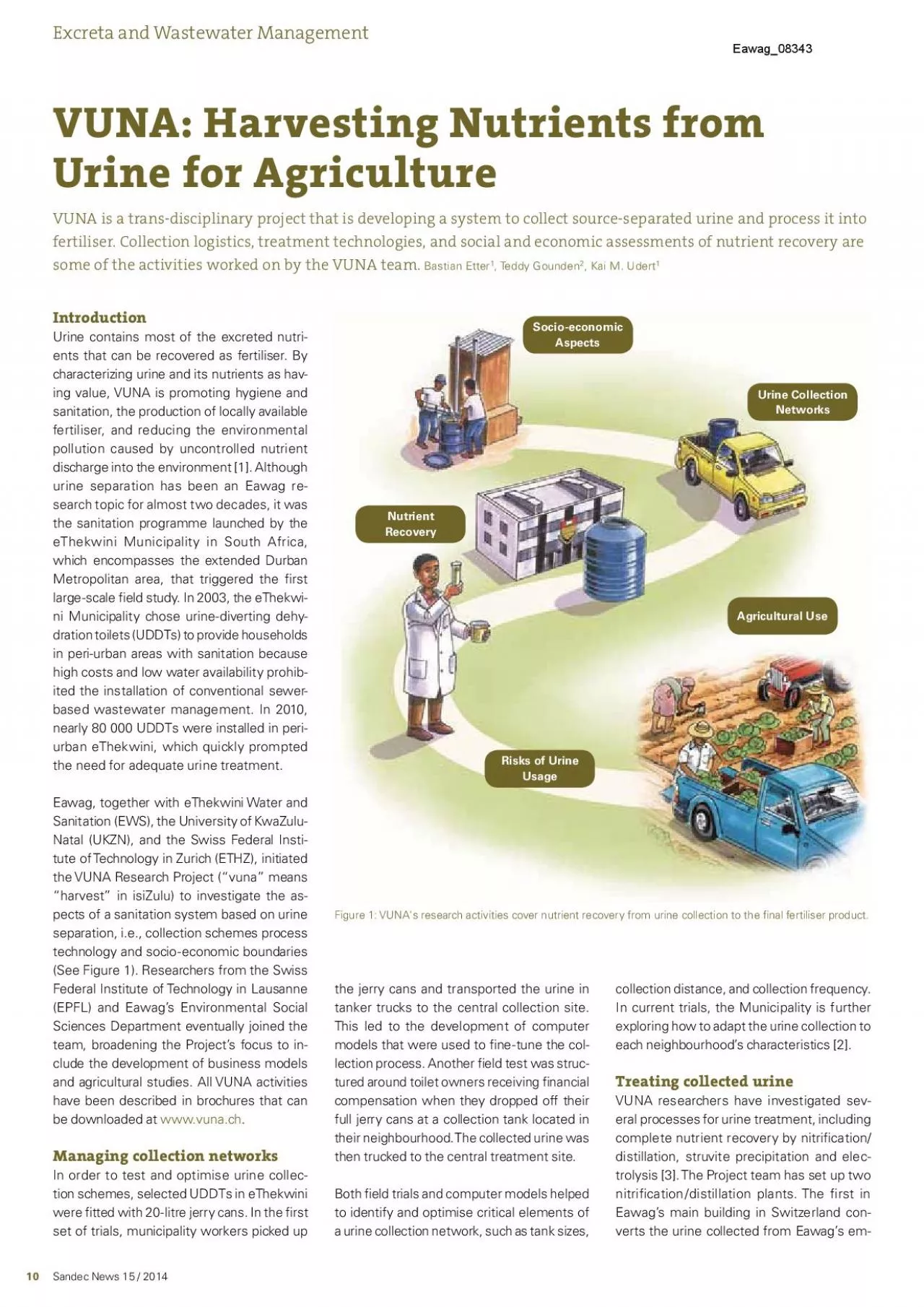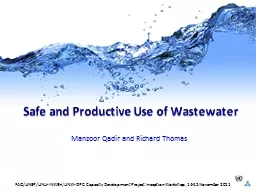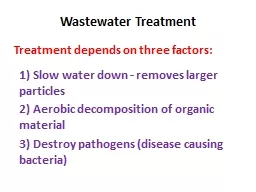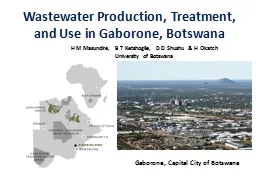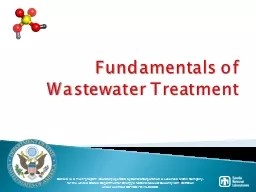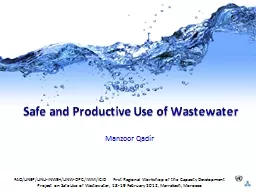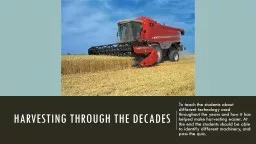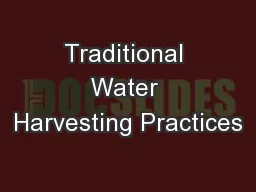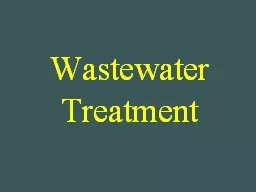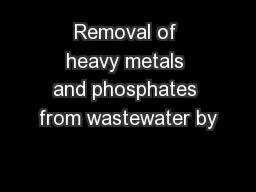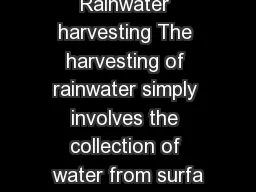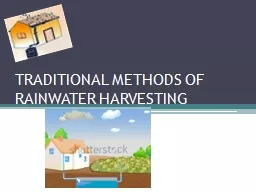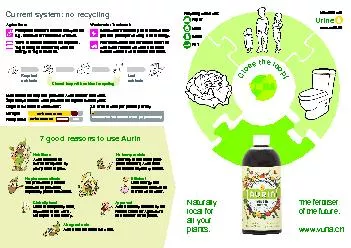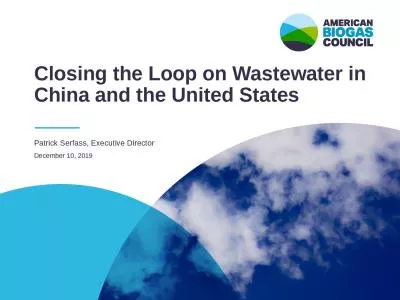PDF-Excreta and Wastewater ManagementVUNA Harvesting Nutrients from Urine
Author : josephine | Published Date : 2021-08-26
Agricultural UseRisks of Urine UsageUrine Collection NetworksSocioeconomic Nutrient RecoveryEawag0834311Sandec News 15 2014Figure 2 The nitrification and distillation
Presentation Embed Code
Download Presentation
Download Presentation The PPT/PDF document "Excreta and Wastewater ManagementVUNA Ha..." is the property of its rightful owner. Permission is granted to download and print the materials on this website for personal, non-commercial use only, and to display it on your personal computer provided you do not modify the materials and that you retain all copyright notices contained in the materials. By downloading content from our website, you accept the terms of this agreement.
Excreta and Wastewater ManagementVUNA Harvesting Nutrients from Urine: Transcript
Download Rules Of Document
"Excreta and Wastewater ManagementVUNA Harvesting Nutrients from Urine"The content belongs to its owner. You may download and print it for personal use, without modification, and keep all copyright notices. By downloading, you agree to these terms.
Related Documents

